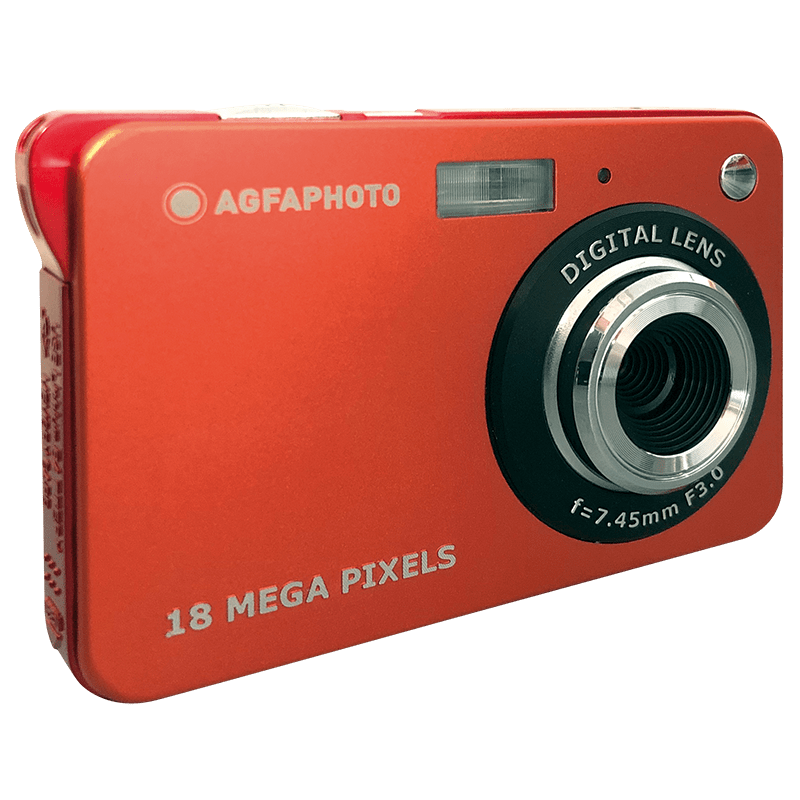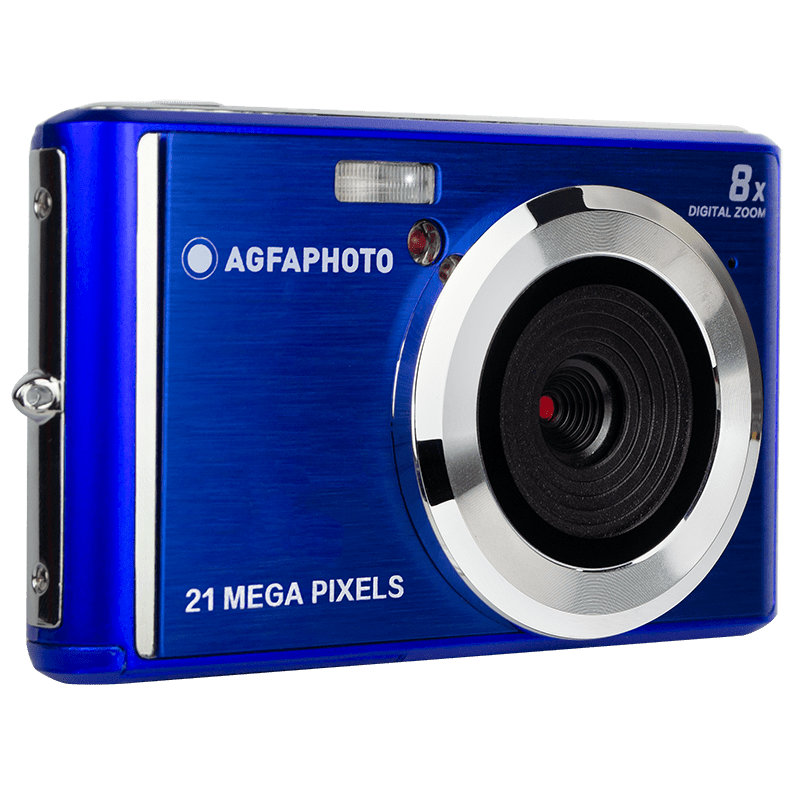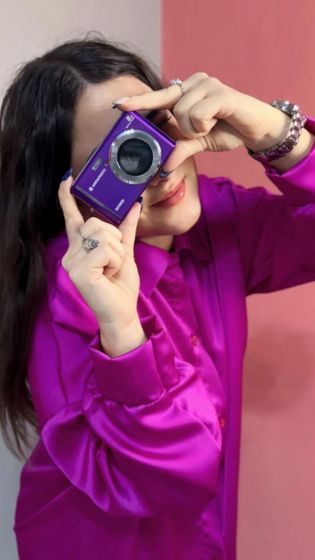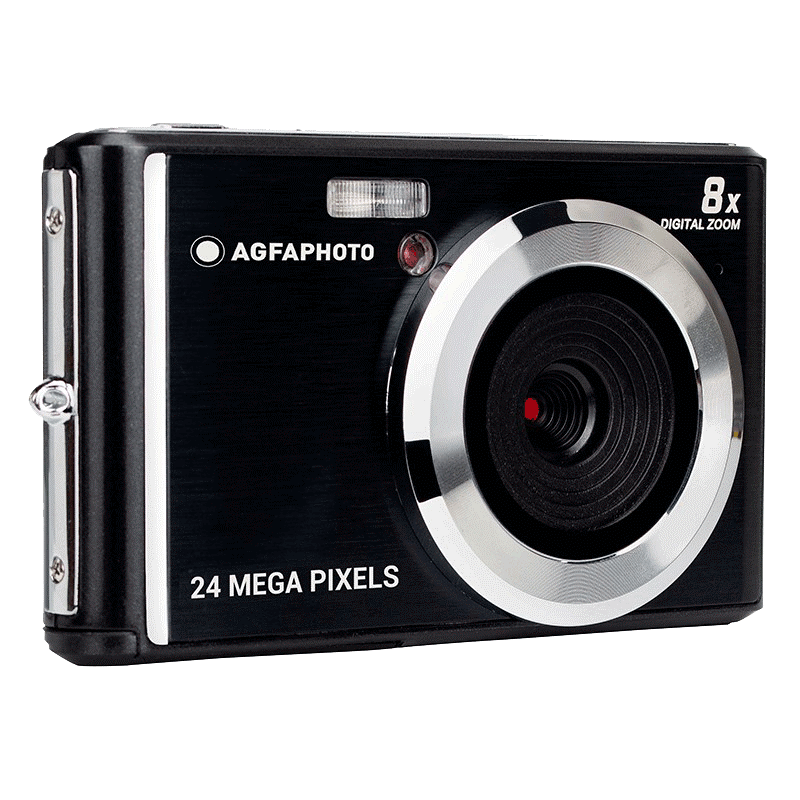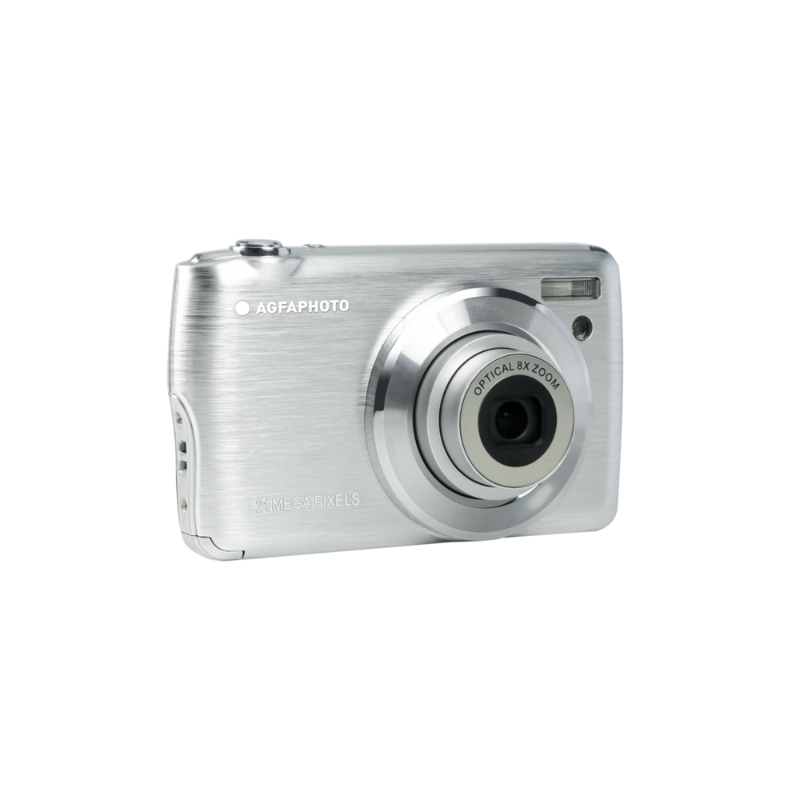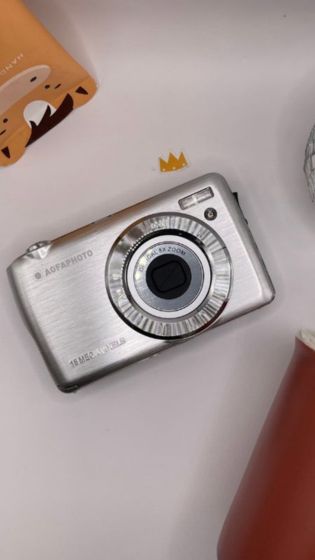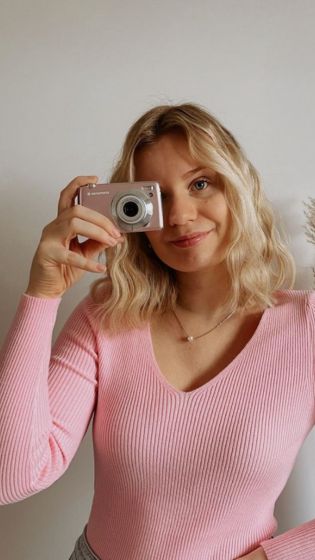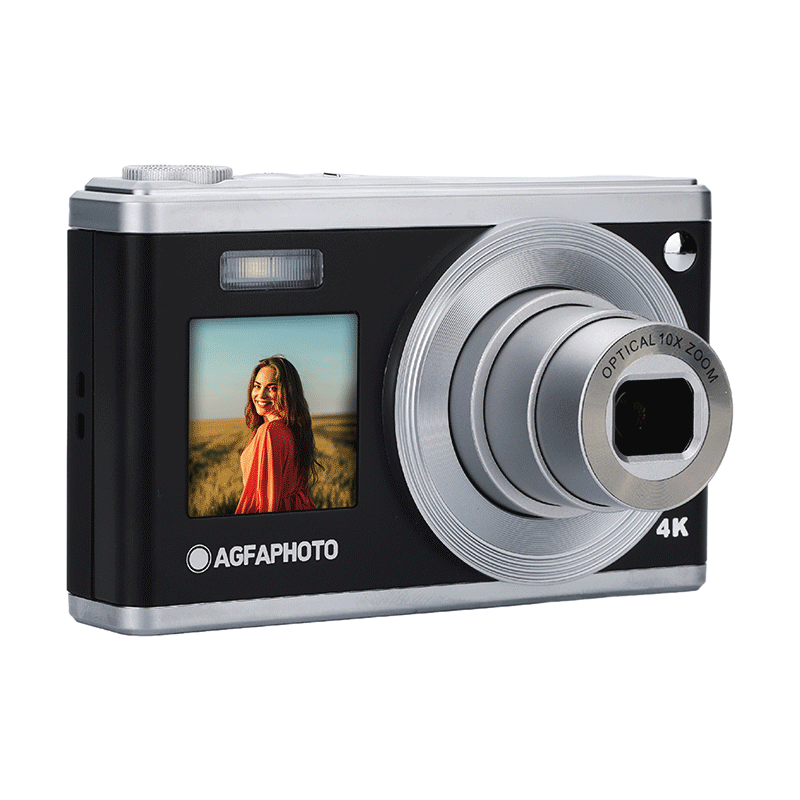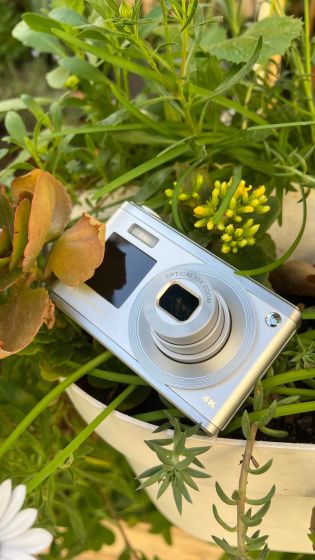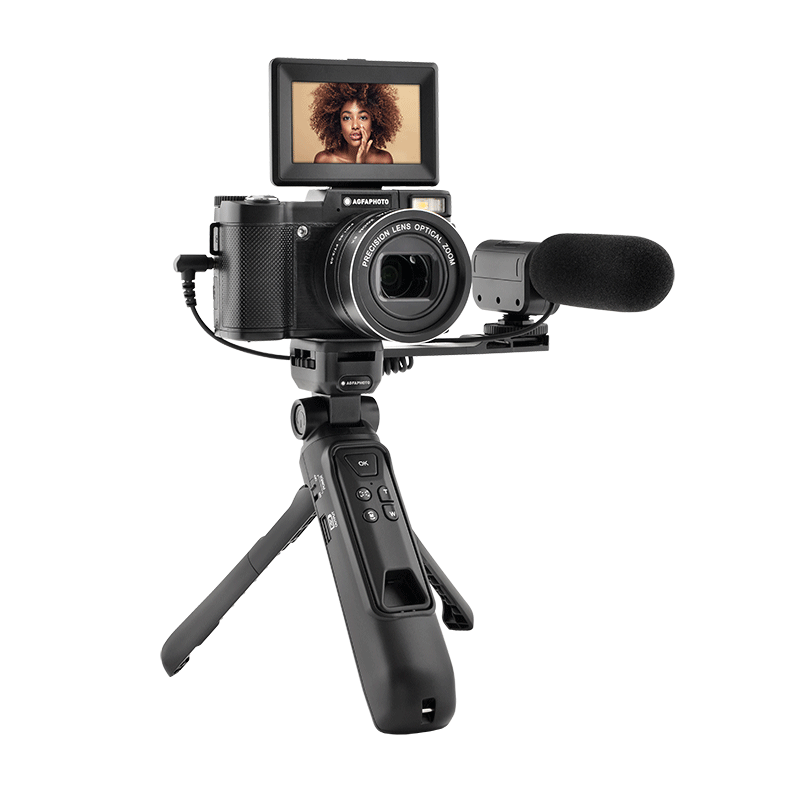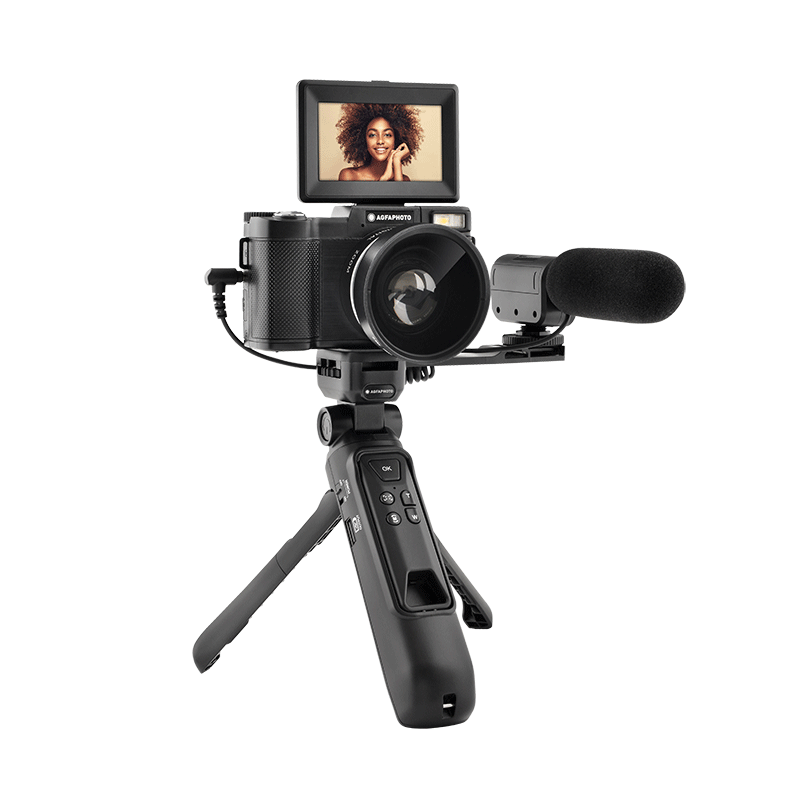
Which camera is best for beginners?
If you've recently decided to take up photography, then you'll have probably noticed that many different camera models are available. Compact, bridge, film and SLR: what sets them apart? It can be difficult to know which one to choose when combining performance with a reasonable budget and ease of use. AgfaPhoto, the long-standing brand specialising in photographic images, will help you choose the best camera to get started.
What are the most important criteria when choosing your first camera?
Choosing your first camera can be a daunting task, especially given the multitude of models available on the market. Not to mention the countless features that can complicate things. Resolution, sensors, scenes and battery life: introducing some core criteria to take into account for a successful foray into photography!
Ease of use
A camera designed for beginners needs to be intuitive and easy to use. Automatic and semi-automatic modes come in handy for those who have not yet acquired advanced technical skills. Features like preset scene modes (portrait, landscape, night, etc.), let budding photographers capture superb shots without having to manually adjust the settings. This saves you time so you can focus on what matters most: framing and taking beautiful images! Last but not least, look for a camera with well-positioned buttons, a clear menu and an intuitive interface.
Image quality
Image quality is essential, even for beginners. We recommend choosing a camera with a high-performance sensor capable of capturing sharp images, even in low light. CMOS sensors are ideally suited to the task, offering high performance and responsiveness, with reduced digital noise and a fast autofocus. Resolution, in megapixels, also plays a key role. Choose a 16 to 24 MP camera, which will be suitable for both high-quality prints and sharing online.
Portability and ergonomics
Beginners must take the size and weight of the camera into consideration. One that is too heavy or bulky could discourage users. Compact, lightweight models are very popular and can offer a comfortable, ergonomic grip. Furthermore, when you're starting out, it will often take many tries to get the perfect shot, so battery life is also key here. Choose a camera with a high-performance lithium battery or a battery-powered version for endless use!
Value for money
The cost is often a major consideration for beginners. Those dipping their toes into photography aren’t yet 100% sure if it will stick! It's important to strike the right balance between performance and cost savings. Entry-level cameras often come with lots of features. The price also depends on the type of camera you choose: a bridge will cost more than a compact, but it will allow you to go further.
What type of camera should I choose?
Taking up photography is a real adventure. But which technology is right for you? Digital or film? Compact or bridge? With or without an integrated printer? The good news is that every beginner can find the camera that's right for them! Discover the ideal options for a gradual introduction.
The compact, light and stress-free way to get started
The compact digital camera is perfect for beginners because of its simplicity and portability. It's lightweight and easy to carry, with preset scenes and an ultra-handy automatic mode. You can use it to take beautiful photos, even without any technical knowledge.
Thanks to its small size, it will slip into a pocket, backpack or handbag. You may even forget it is there! The compact camera is always on hand to capture your travel memories and everyday wonders, even one-handed. It's the ideal model for beginners looking for a gradual introduction.
The bridge, one step further when it comes to technology
Bridge cameras, as their name suggests, bridge the gap between compact and SLR cameras. The latter is preferred by experienced amateurs and professional photographers, because its use is quite demanding from a technical point of view. Bridges are an excellent option for those who want to advance their learning or ambitious beginners looking to progress quickly.
Bridge cameras combine the advantages of compact cameras, e.g. ease of use, with advanced features, such as a powerful zoom, optimum grip, manual control and so on. They offer higher image quality and greater creative flexibility. They are therefore recommended for learning a few basic techniques, after having mastered the compact camera.
Film: a return to basics for getting to grips with photography?
Although less common, getting started with a film camera can be an original and rewarding experience. It symbolises a return to the roots of photography, with film and development, as we once knew as children. Since only a limited number of photos can be taken, it prompts beginners to take their time preparing shots and frame them, without thinking about the technical aspects.
A film camera allows us to reconnect with the authenticity of photography: its instantaneousness and immediacy. Ultra-charming shots can be achieved, even when taken by those with little experience. It boasts an unrivalled grain and wonderful imperfections, making it ideal for portraits, street shots and landscapes.
The instant camera: a picture in the blink of an eye
Instant cameras are perfect for beginners who like spontaneity and the pleasure of being able to print their photos immediately. They're very easy to use: just aim, release the shutter and wait a few seconds to see the photo develop before your very eyes.
Popularised by social networks, instant cameras are a must-have for parties, big events or simply capturing everyday moments. They promote a fun, creative approach to photography, with the added advantage of a print feature: the square or credit card-shaped images can then be placed in an album, wallet or on a fridge.
Watch little ones try their hand at photography with the children's camera
It's not just adults who are starting out! Children also discover photography from an early age. Those aged 3 years and up can enjoy capturing their best memories with specially adapted cameras.
Robust, easy to use and designed for little hands: these cameras are packed with fun features to delight toddlers. Filters, integrated frames and games: they have it all! Some models also feature thermal printing, letting children admire their photos in a matter of seconds.







